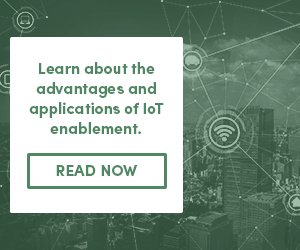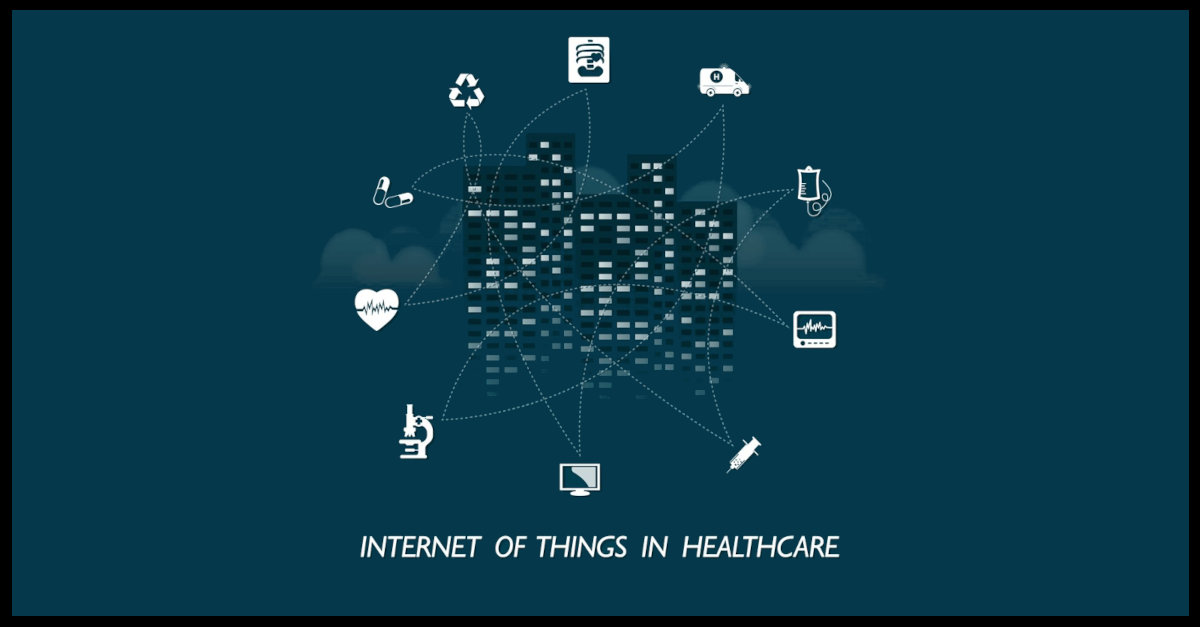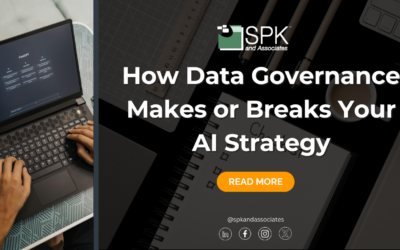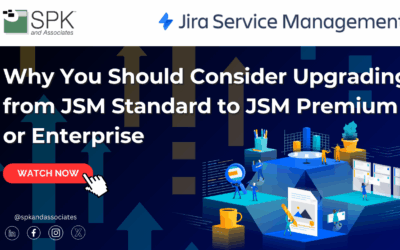Every major cloud vendor is offering IoT platforms in varying degrees of maturity now. Device management, performance metrics, messaging, sensor data analytics are becoming systematized and offered in solution templates. Every developer I talk to is looking at the opportunity at hand in enabling devices to connect and transfer data to cloud IoT systems.
So I started thinking, its going to happen. Since capital follows opportunity, I bet within five years or so, a few trillion dollars of investment will have sought out the IoT opportunity and obtained substantial returns in multiple verticals given the global reach of cloud solutions. Sure enough, Business Insider came out with a report on the $6 Trillion opportunity in IoT. Almost half and half goes into apps for IoT and hardware for IoT. I hope the return on such investment is at least double that in a few more years. If anything were to impede this, what would it be? That’s when I started thinking about the hurdles IoT must jump.
The first hurdle: Analog + Digital SoC miniaturization
Lets examine this issue. IoT is driven by smart devices that need sensors, low power consumption, long battery life and rapid rechargability to measure and provide meaningful sets of data. Further, they need to be small and cheap if they are to proliferate quickly in deployment scenarios. They also need to have high reliability and low failure rates. I think this applies across many, if not all industries which can benefit from IoT.
The sensors in these devices will need to convert analog measurements to digital data to send to the cloud IoT systems. Herein lies the first hurdle in my opinion. Analog circuits are bulky, power hungry and hard to integrate with digital circuits. To build devices with analog sensors, conversion circuitry to digitize the readings and control the sensor mechanics is addressed by mechatronics engineering. However, if we look at the current state of things, analog components result in the largest contribution to the size of devices. These also contribute the largest power consumption elements in devices.
How to clear this hurdle so that there is miniaturization of analog sensors, analog circuits so they can be coupled with digital circuits within the integrated circuit and reside in newer System on a Chip (SoC) architectures? How to reduce power consumption of the analog circuits so they can reduce power requirements as batteries get designed with higher longevity? In other words, how to extend the power design criterion to lower power consumption while having higher power in batteries so we could have a device form factor that is small, yet offers low power, long operation capability between recharges?
I came across an interesting approach yesterday by Circuit Seed, a company founded by Susan Schober, who recently did a PhD dissertation on the topic at USC and solves for the analog to digital coupling problem using a novel approach called CiFET. I hope this approach moves the IoT device design process along to meet the unique design criteria in the IoT field.
The second hurdle: Internet saturation
 Simply put, when the rate of IoT devices being deployed reaches a point where the data they send and receive exceeds the carrying capacity of the current internet, we have internet saturation. Don’t laugh at the lunacy of the thought, this could get serious quickly. According to a report by Business Insider, 24 billion IoT devices will be deployed by 2020, while 10 billion conventional networked devices will be deployed in the same time. Today your broadband slows down when your neighbors all watch Superbowl. Imagine your hospitals slowing down when the IoT enabled medical devices at the bedside slow down. Or your home gets a power brownout due to wind turbines not receiving or sending performance metrics due to internet congestion between its network card and the control center.
Simply put, when the rate of IoT devices being deployed reaches a point where the data they send and receive exceeds the carrying capacity of the current internet, we have internet saturation. Don’t laugh at the lunacy of the thought, this could get serious quickly. According to a report by Business Insider, 24 billion IoT devices will be deployed by 2020, while 10 billion conventional networked devices will be deployed in the same time. Today your broadband slows down when your neighbors all watch Superbowl. Imagine your hospitals slowing down when the IoT enabled medical devices at the bedside slow down. Or your home gets a power brownout due to wind turbines not receiving or sending performance metrics due to internet congestion between its network card and the control center.
How can we solve the internet saturation issue due to IoT, that could happen quicker than how Netflix and YouTube ramped up data on the internet in the last few years? Netflix and YouTube are apps used by people. Think about devices talking to devices and people impacted due to this.
I would say we need a separate “IoTNet” with its own device to device traffic. That way, the current internet continues its evolution for people to use unimpeded while IoTNet solves for the device to device network traffic saturation issues in unique and novel ways. The meaningful bridging from IotNet to the current internet (for control and management of devices) can occur using Machine Learning and analytic dashboards presented to people making decisions to control the IoT devices deployed.
The third hurdle: Device serviceability and environmental impact
24 billion devices by 2020 being deployed: What if a lot of these fail by 2025? I think the time to address this is in the IoT device and systems design cycle, now. Not when we get there. Designing for serviceability requires predictive analytics and processes that automate servicing of IoT devices. Well, there’s a novel use for Amazon’s delivery drones! Drones deliver new devices, bring back old devices to be replaced or serviced from a remote (even uninhabited) location.
How can we address this problem via design cycles? By using the right device design templates that accommodate serviceability and failure related device recycling processes as a product lifecycle management (PLM) approach, not just an integrated product development approach. I think the realm of integrated product development, product lifecycle management has just gotten a strong boost in this regard, but the adoption rates of PLM in engineering design firms needs to prioritize lifecycle approaches in IoT device design very quickly lest the problem get away from the design teams in the rush to manufacture IoT devices.
The environmental impact due to IoT device failures must also be considered proactively so that the operational end to a device does not mean the end of consideration of impact to the environment from the remnants of the failed device.
The fourth hurdle: TCO and ROI of IoT solutions and impact to margins
IoT device related TCO and ROI is a tricky thing due to the dynamic nature of costs associated with the IoT platform provided by the cloud vendor. To get a handle on a given IoT solution with certainty on TCO, ROI and margins involves a set of varying factors that change in terms of not only the actual system components but also market forces driving cloud vendor pricing in various directions for the messaging, device deployment count and scaling rate (how fast is the solution and the IoT system growing on a cloud vendor’s platform).
Today, there are a few rudimentary Excel based models that are being cobbled together in the consulting services groups at the cloud vendors, but it needs to be systematized through more robust approaches driven by formal academics in engineering economics. System Dynamics Modeling approaches can be very useful in getting this done in my opinion. Also, the business strategy for IoT deployments needs deeper attention. So what if we can deploy 24 billion devices after designing them and surmounting the networking issues. If margins cannot be driven due to this in a demonstrable manner involving real numerics, it will end up being unfeasible for businesses to remain viable in this area. Again, strategy modeling needs to address this in relation to the unique business related factors driving strategic considerations. While there are white papers available on this topic, formal facts based IoT related strategy dynamics modeling has not yet become a mainstay in the business considerations for IoT solutions in my opinion. Formal work needs to be done to address this area, with training for business and technology roles involved in the IoT arena being designed and given to people willing to work in IoT as a rich field of opportunities.
The fifth hurdle: IoT device and systems standards with built-in compliance measures
Standards and compliance to these, for IoT information exchange between devices and across multicloud platforms also need to be designed, and this is a field strewn with the results of past standards wars between major platform vendors. The hope is IoT standards evolution will not be subject to such situations as the rate at which the IoT field evolves will be too fast to allow time for standards driven political battles being fought over sustained periods.
The FDA is starting to move with some urgency on providing direction for medical devices and wearables due to the diagnostic impact to patients. My hope is that similar urgency will occur in other verticals embracing IoT devices and systems towards standards and compliance to these by designing standards that address all of the hurdles IoT must clear.
Rajiv Mistry
Chief Strategy Officer
SPK & Associates







